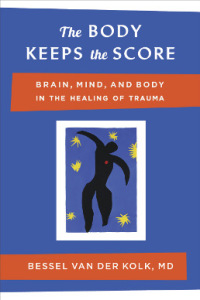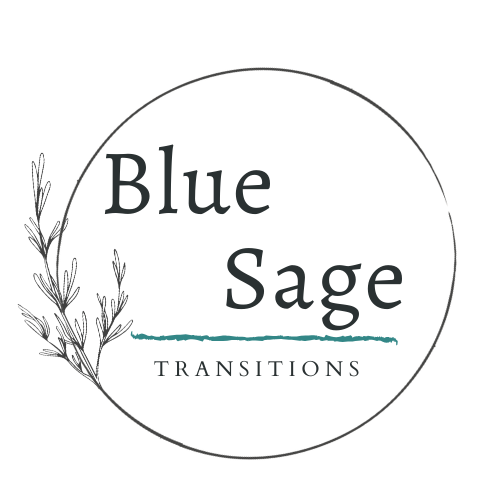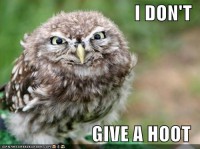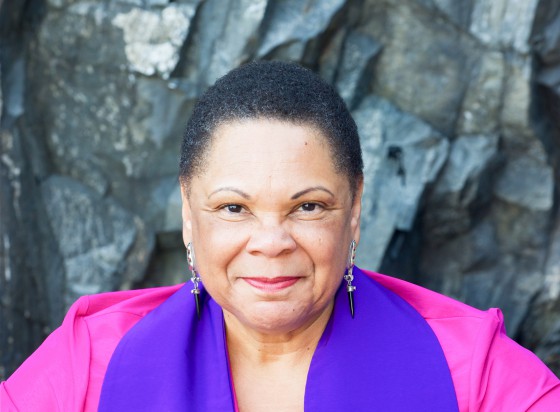...the body actually holds our own enlightenment. Until we are willing to live through some of the wealth of information and emotions that have been offered to us but rejected, our awareness remains tied up and restricted.
--Reggie Ray, "Touching Enlightenment"
Lately the body has been on my mind a lot. Several of my clients are dissociated from physical sensations, a disconnect that protects them from various kinds of pain. Others have medical issues that doctors have not been able to diagnose. If the traumas and additional difficult experiences they have endured have been stored in their tissues, muscles, ligaments, tendons, blood, and bones, such physical manifestations of pain make a lot of sense. To borrow from trauma specialist Bessel van der Kolk, their bodies keep the score:

When people are chronically angry or scared, constant muscle tension ultimately leads to spasms, back pain, migraine headaches, fibromyalgia, and other forms of chronic pain. They may visit multiple specialists, undergo extensive diagnostic tests, and be prescribed multiple medications, some of which may provide temporary relief but all of which fail to address the underlying issues. Their diagnosis will come to define their reality without ever being identified as a symptom of their attempt to cope with trauma.
My own meditation and yoga practices have revealed to me just how much my body has held onto denied and rejected experience. A tense neck, shoulders hunched forward, and difficulty engaging in belly breathing reveal a long-held defensive and tense stance. That position helped me to survive numerous years in highly competitive and evaluative settings, such as the research universities where I was a student and academic. It's also taken a toll on my body and stands in stark contrast to the "state of total relaxation and safe surrender" that van der Kolk names as an important part of trauma recovery.
Throughout his new book, van der Kolk shares powerful stories of individuals who have been able to come home to themselves through their bodies. Annie, for example, was terribly abused by her father and mother as a young child. Van der Kolk writes that as a 47-year-old woman, "[s]he often coped with disagreements and confrontations by making her mind disappear. When she felt overwhelmed she'd cut her arms and breasts with a razor blade." As her therapist, van der Kolk suggested that Annie try yoga. After her second class, she wrote the following:
Yoga is about looking inward instead of outward and listening to my body, and a lot of my survival has been geared around never doing those things...After the class I came home and slept for four hours. This week I tried doing yoga at home and the words came to me 'Your body has things to say.' I said back to myself, 'I will try and listen.'
Annie slowly* came to realize that she held a lot of her pain and memories in her pelvic area. As she kept opening to her embodied experience through yoga (three times a week for about a year), Annie found she could speak more freely about the sexual abuse she experienced at the hands of her father. In a recent message to van der Kolk, she wrote,
I slowly learned to just have my feelings, without being hijacked by them. Life is more manageable: I am more attuned to my day and more present in the moment. I am more tolerant of physical touch. My husband and I are enjoying watching movies together cuddled in bed...a huge step. All this helped me finally feel intimate with my husband.
To soften and open to our bodies we need to learn how to accurately assess the safety of our environment and to trust our capacity to respond skillfully to whatever comes up, within and beyond ourselves. Why engage in this scary, vulnerable undertaking of touching enlightenment with our bodies? Because that is the path to becoming more fully alive and present, with others and ourselves. As Will Johnson asserts,
Many techniques can bring about a calming effect at the surface level of the mind, but if we’re sincere about wanting to truly awaken and become truly conscious, we really need to embrace the experience of the body as a focus of our practice and allow the deeply unconscious and unfelt sensations to start coming out of hiding. And yes, this can be a very intensive undertaking, one definitely not for the faint of heart! But what, really, is our choice? We either face our karma and release the accumulated tensions of the past, or we continue to avoid feeling the reality of the body and enshrine the tensions forever.
As Annie noted, our bodies have wisdom and knowledge to share with us if we can find the courage and support we need to listen to them. Given that I work with gender variant clients who desire to transform their bodies via medical interventions, I want to emphasize that developing more somatic awareness does not mean we cannot alter our bodies. The point here is to release the tension held in our bodies as well as the unconscious thought patterns that accompany that tension (such as Annie's belief that she needed to avoid feeling parts of her body that had been assaulted in the past) so that we can experience more ease and freedom in our daily lives.
It seems only fitting to close with a poem by yogi Danna Faulds:
It only takes a reminder to breathe,
a moment to be still, and just like that,
something in you settles, softens, makes
space for imperfection. The harsh voice
of judgment drops to a whisper and you
remember again that life isn’t a relay
race; that waking up to life is what we
were born for. As many times as you
forget, catch yourself charging forward,
that many times you can make the choice
to stop, to breathe, to be, and to walk
slowly into the mystery.


